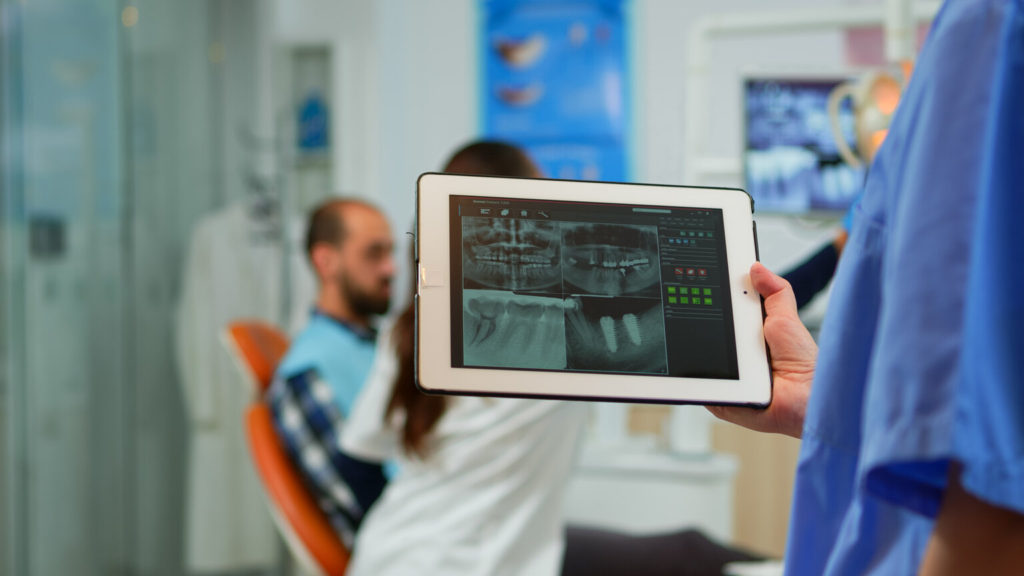
Technological advancements in the radiology world have become increasingly noticeable over the years. It is a well-known fact that x-ray technology is one of the most significant developments in the medical industry. The very first x-ray image was obtained by the father of radiology himself of his wife’s hand. With that, we arrived at the current advancements that are now allowing 3D forms of imaging. We have also seen improvements in the clarity of medical imaging equipment.
In the past, Computed Radiography (CR) readers were known for being a popular form of x-ray imaging which used cassette tapes to record the x-ray images of patients. However, over the years, advancements allowed Digital Radiography panels to take a stand. With that being said, it is slightly unfortunate that there still seems to be quite a lot of confusion with DR, from determining what exactly DR systems offer, how beneficial these systems can be, all the way to how they provide an advantage over the traditional CR or analog systems.
The following are several relevant facts that every medical facility needs to be aware of DR systems. So the question arises, is it time for your facility to move from conventional radiography methods to digital radiography? We at Amber USA have gathered the following information that states what every medical practitioner needs to know about digital radiography. Consider these facts to understand why your medical facility needs to make the transition from CR to DR as soon as possible.
First off, we’d like to state a simple fact. While DR systems come with a slightly heftier price tag than CR systems at the start, your Return on Investment is more likely to skyrocket compared to how much you spend for the system in the beginning.
Increased efficiency through DR.
Patient throughput is guaranteed to increase with the capabilities that DR provides. More patients can be moved in and out of the room which would make streamlining the procedures easier. The workflow would also be optimized since improved technology would be used and easier integration with other technology is also ensured. With DR, every step of the process provides less hassle and improved efficiency.
DR systems are safer to use.
DR systems offer reduced radiation doses compared to conventional CR systems. While the benefits provided by DR systems can’t be overstated for long-term health, it does give a significant advantage for patients who feel safer with a lower radiation dose.
DR systems are easier to maintain.
Conventional CR systems may require increased maintenance over time with spare parts becoming scarcer in the market. With DR systems, on the other hand, the technology is easier to install, service, and inspect over time.
These are merely a few of the MANY benefits that DR offers over CR. We stress the need for a transition to DR to ensure that your medical facility is improved with overall efficiency and performance. If you’re looking to purchase a digital panel for your facility from a reliable provider, your best option would be Amber USA. Amber USA is recognized in the market for distributing high quality used and refurbished medical imaging equipment at affordable rates. We also sell portable x ray machine optimized to client needs if required in addition to regular xray machine purchases. Contact us now at Amber USA for more information regarding your purchase.
In the realm of diamonds, color plays a pivotal role in defining both the gem’s…
When it comes to selecting a diamond, the plethora of choices available can be both…
What Does VVS Stand For? VVS stands for 'Very Very Slightly Included.' It refers to…
What Does TW Stand For? 'TW' stands for 'Total Weight,' also commonly referred to as…
In the quest for the perfect diamond, the journey is as significant as the destination.…
Buying diamonds online has become increasingly popular, and Rare Carat has emerged as a prominent…